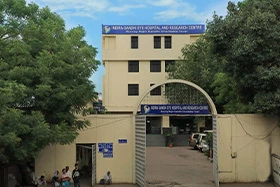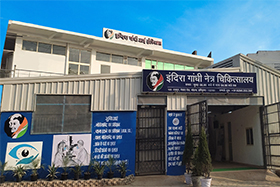- Applanation tonometry
- Gonioscopy
- HFA – Humphery Field Analyser (Zeiss)
- OCT- Optical Coherence Tomography (Zeiss)
- Fundus photography (Zeiss)
- ASOCT – Anterior segment Optical Coherence Tomography (Zeiss)
- Email: enquiry@indiragandhieyehospital.com
- Call: 01242710271
Specialties
Glaucoma
Early diagnosis and timely treatment to reduce eye pressure can help protect your vision. Each Indira Gandhi Eye Hospital and Research Centre is equipped with a state-of-the-art Glaucoma unit, providing some of the best treatments available in northern India. Our skilled team includes highly recognized surgeons, both nationally and internationally, who specialize in all types of glaucoma, ensuring excellent success rates. We treat patients of all ages, from newborns to the elderly, ensuring they receive top-notch glaucoma care. Additionally, we offer a training center where numerous ophthalmologists have been trained in glaucoma diagnosis and management techniques.
_11zon.webp)
Technical set up
- Specular Microscopy
- Biometry
- Digital Photography
- Nd-YAG laser
- Laser suture Lysis
- Diode CPC – Cyclophotocoagulation
Treatment
- Antiglaucoma medications
- Laser Procedures
- Surgical Proceduress
Surgical services
- Trabeculectomy with or without Mitomycin C or 5-FU
- Combined Trabeculectomy with IOL implantation (Phaco/Manual Phaco)
- Trabeculotomy + Trabeculectomy
- Glaucoma drainage Devices – Valve/Tube implants
- Minimal invasive glaucoma surgery
- Bleb Needling
- Bleb Repair/Revision
- Laser Iridotomy
- Laser Suture Lysis
- Laser Hyaloidotomy
- Laser Vitreolysis
- Diode laser Cyclophotocoagulation
- Cyclocryo




